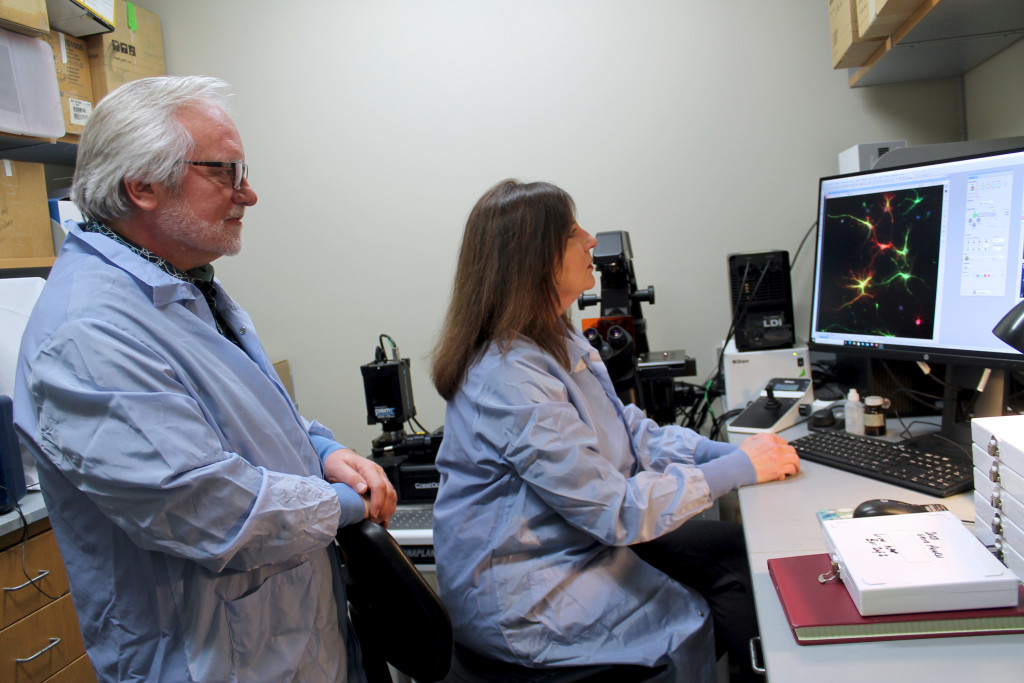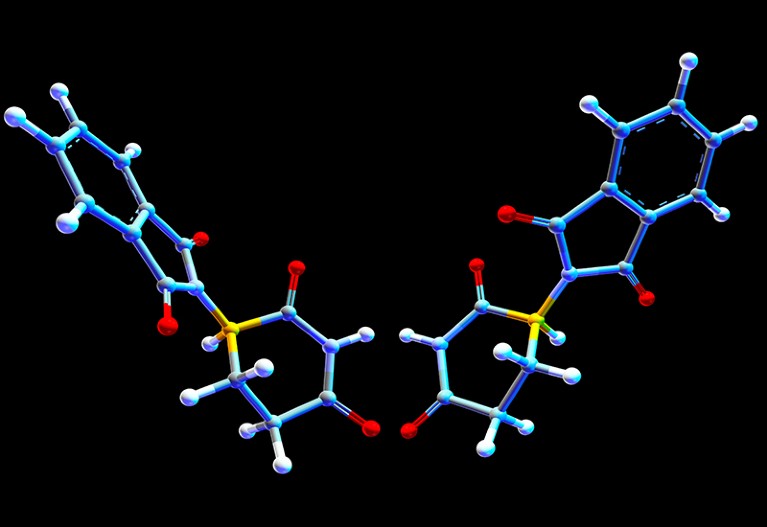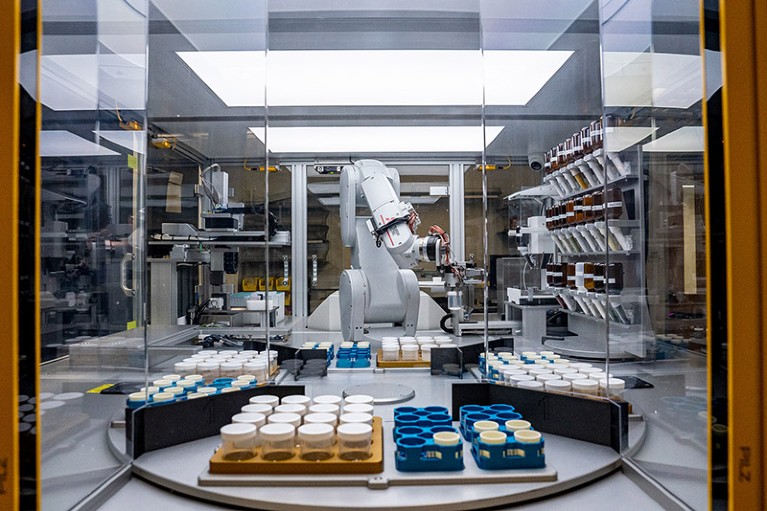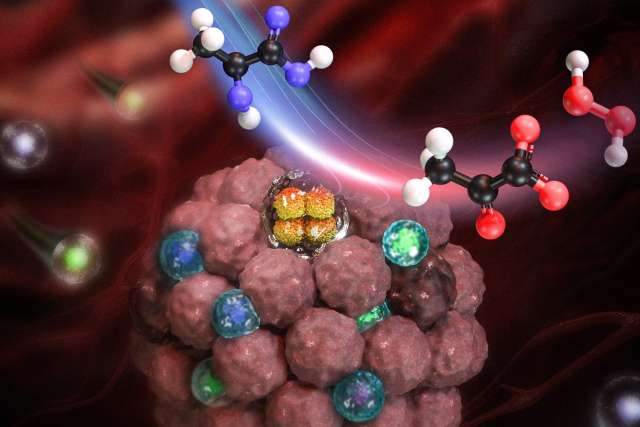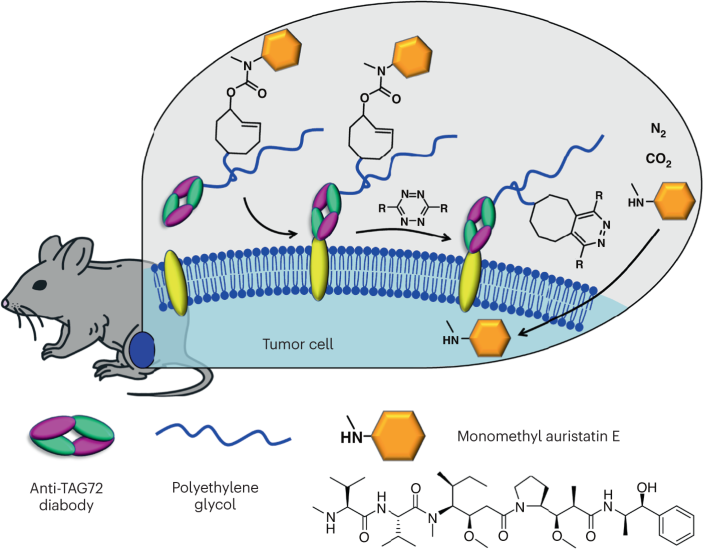In the News
All the new interesting studies relating to the research underway in the Polymer Therapeutics Lab!

Nano-Immunotherapy Developed to Improve Lung Cancer Treatment
Brigham investigators have created a ‘dual action’ treatment that combines immunotherapy with targeted drug delivery and shows promise in preclinical models of lung cancer.
Study identifies potential pathway to reducing breast cancer brain metastases
A study led by researchers from the University of Arizona Cancer Center at UArizona Health Sciences identified a biological mechanism that could lead to more effective treatments for breast cancer that has metastasized to the brain.
‘Cloaked’ proteins deliver cancer-killing therapeutics into cells
An interdisciplinary collaboration has designed a way to “cloak” proteins so that they can be captured by lipid nanoparticles, which are akin to tiny bubbles of fat. These bubbles are small enough to sneak their hidden cargo into living cells, where the proteins uncloak and exert their therapeutic effect.
Scientists create tailored drug for aggressive breast cancer

Scientists have used breast cancer cells’ weakness against themselves by linking a tumour-selective antibody with a cell-killing drug to destroy hard-to-treat tumours.
Scientists make potential breast cancer breakthrough after preserving tissue in gel
Scientists say they have a made a potentially “gamechanging” breakthrough in breast cancer research after discovering how to preserve breast tissue outside the body for at least a week.
Body’s ‘message in a bottle’ delivers targeted cancer treatment

Researchers at Karolinska Institutet have succeeded in delivering targeted cancer treatment via small membrane bubbles that our cells use to communicate. A new study published in Nature Biomedical Engineering shows that the treatment reduces tumour growth and improves survival in mice.
New gene delivery vehicle shows promise for human brain gene therapy
Scientists have engineered an adeno-associated virus (AAV) that efficiently crosses the blood-brain barrier in human cell models and delivers genes throughout the brain in humanized mice. See Science Advances for more!
Nanomaterial that mimics proteins could be basis for new neurodegenerative disease treatments
A newly developed nanomaterial that mimics the behavior of proteins could be an effective tool for treating Alzheimer’s and other neurodegenerative diseases. The nanomaterial alters the interaction between two key proteins in brain cells — with a potentially powerful therapeutic effect.
The innovative findings, recently published in the journal Advanced Materials, were made possible thanks to a collaboration between University of Wisconsin–Madison scientists and nanomaterial engineers at Northwestern University.
GPS nanoparticle platform precisely delivers therapeutic payload to cancer cells

Equipped with novel homing abilities, the platform activates in cancer environments to release gene-editing tools
Mirror-image molecules separated using workhorse of chemistry
The ability to distinguish between left- and right-handed molecules using mass spectrometry could streamline a laborious part of drug discovery. See the article at Science.
Bioengineers on the brink of breaching blood-brain barrier
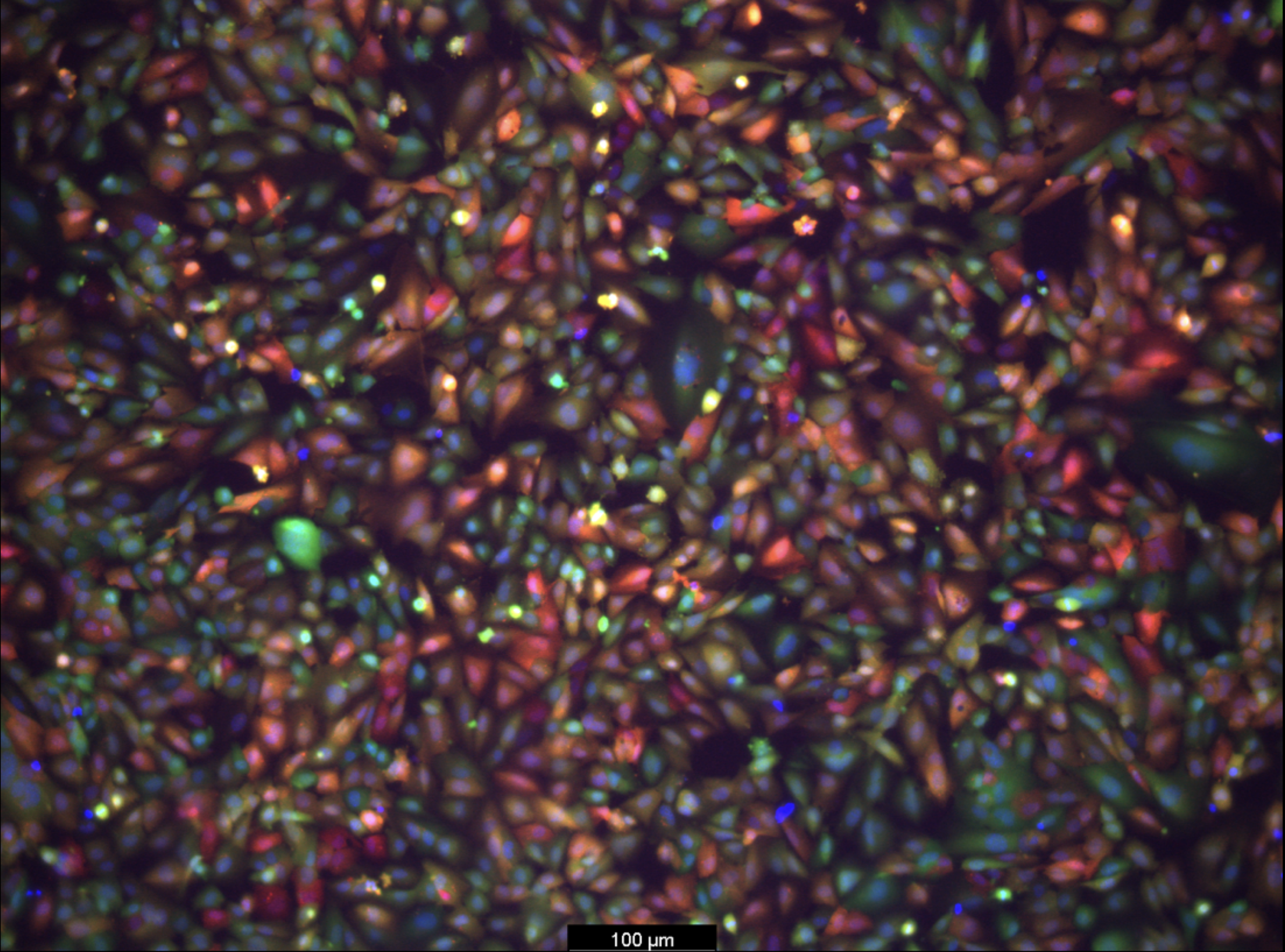
A team of researchers in the School of Engineering and Applied Sciences has devised a method to deliver mRNA into the brain using lipid nanoparticles, potentially advancing treatments for Alzheimer’s disease and seizures.
Could Two Drugs Be Better Than One for Treating Prostate Cancer?

UCSF-led clinical trial shows improved benefit of combination drug therapy without worse side effects.
Metastatic breast cancer treatments have aided decline in deaths, Stanford Medicine-led study finds
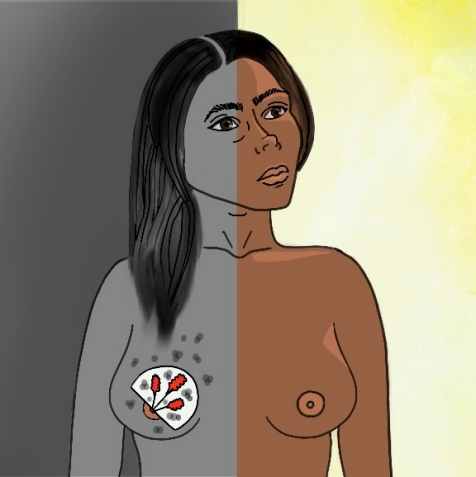
Treatment of metastatic disease is responsible for nearly one-third of the decrease in annual deaths from breast cancer from 1975 to 2019, according to a Stanford Medicine-led study.
Intracerebral fate of engineered nanoparticles
Organic and inorganic nanoparticles have different clearance mechanisms from the brain resulting in different biological fates and retention times.
See Nature Nanotechnology News and Views and the original article at Nature Nanotechnology.
Large language models direct automated chemistry laboratory
Automation of chemistry research has focused on developing robots to execute jobs. Artificial-intelligence technology has now been used not only to control robots, but also to plan their tasks on the basis of simple human prompts.
See Nature News and Views and the original article at Nature.
Spinning up control: Propeller shape helps direct nanoparticles, researchers say
UNIVERSITY PARK, Pa. — Self-propelled nanoparticles could potentially advance drug delivery and lab-on-a-chip systems — but they are prone to go rogue with random, directionless movements. Now, an international team of researchers has developed an approach to rein in the synthetic particles.
Google AI and robots join forces to build new materials
An autonomous system that combines robotics with artificial intelligence (AI) to create entirely new materials has released its first trove of discoveries. The system, known as the A-Lab, devises recipes for materials, including some that might find uses in batteries or solar cells. Then, it carries out the synthesis and analyses the products — all without human intervention. Meanwhile, another AI system has predicted the existence of hundreds of thousands of stable materials, giving the A-Lab plenty of candidates to strive for in future.
New platform solves key problems in targeted drug delivery
Now, Northwestern University synthetic biologists have developed a flexible new platform that solves part of this daunting delivery problem. Mimicking natural processes used by viruses, the delivery system binds to target cells and effectively transfers drugs inside.
Drug-filled nanocapsule helps make immunotherapy more effective in mice
UCLA researchers have developed a new treatment method using a tiny nanocapsule to help boost the immune response, making it easier for the immune system to fight and kill solid tumors.
The investigators found the approach, described in the journal Science Translational Medicine, increased the number and activity of immune cells that attack the cancer, making cancer immunotherapies work better.
New 3D-printed tumour model enables faster, less expensive and less painful cancer treatment
An international team of interdisciplinary researchers has successfully created a method for better 3D modelling of complex cancers.
The University of Waterloo-based team combined cutting-edge bioprinting techniques with synthetic structures or microfluidic chips. The method will help lab researchers more accurately understand heterogeneous tumours: tumours with more than one kind of cancer cell, often dispersed in unpredictable patterns.
Scientists reverse drug resistance in prostate cancer by targeting ‘hijacked’ white blood cells

Prostate cancer’s resistance to treatment can be reversed in some patients by stopping hijacked white blood cells from being ‘pulled into’ tumours, according to new research published in Nature.
In an early clinical trial, researchers showed that blocking the messages cancer uses to hijack white blood cells can resensitise a subset of advanced prostate cancers to treatment – shrinking tumours or halting their growth.
New drug delivery system developed by Brown engineers has potential to improve cancer treatments
The hydrogel is designed to balance pH levels in a malignant tumor and act as a delivery system for one of the most effective cancer fighting drugs, potentially addressing critical problems faced in current cancer treatment.
Research identifies new potential hurdle for nano-based therapies
Researchers at The University of Texas MD Anderson Cancer Center have discovered that certain nano-based cancer therapies may be less effective in younger patients, highlighting the need for further investigation into the impact of aging on the body’s ability to respond to treatment.
The researchers found age-related differences are due to how effectively the liver filters the bloodstream. Younger livers are more efficient at this process, which helps limit toxins in the blood but also filters out beneficial treatments, potentially rendering them ineffective.
Microdevices Implanted into Tumors Offer New Way to Treat Brain Cancer
The shape and size of a grain of rice, the new device can conduct dozens of experiments at once to study the effects of new treatments on some of the hardest-to-treat brain cancers
Researchers from Brigham and Women’s Hospital, a founding member of the Mass General Brigham healthcare system, have designed a device that can help test treatments in patients with gliomas, a type of tumor that originates in the brain or spinal cord. The device, which is designed to be used during standard care of surgery, provides unprecedented insight into the effects of drugs on glioma tumors and caused no adverse effects on patients in a phase 1 clinical trial. Results from the pilot clinical trial for the device are published in Science Translational Medicine.
A new chemical process makes it easier to craft amino acids that don’t exist in nature
Every protein in your body is made up of the same 20 building blocks called amino acids. But just because nature is stuck with a limited toolkit doesn’t mean humans can’t expand it.
A study published in Science on July 27 by a team including Pitt chemists describes a powerful new way to create “unnatural” amino acids, which could find use in protein-based therapies and open up novel branches of organic chemistry.
Site selectivity steps in
The concepts of multistep processes and regioselectivity — fundamental in covalent synthesis — have now been applied to the non-covalent synthesis of sequence-controlled multiblock supramolecular polymers. See more News & Views and the original paper.
‘Clicked’ drugs: researchers prove the remarkable chemistry in humans
Bioorthogonal click chemistry is being used in patients to help target cancer medicines and diagnostic imaging agents. See more at Nature Biotechnology.
Scientists Design a Nanoparticle That May Improve mRNA Cancer Vaccines

Tests in mice with melanoma and colon cancer show tiny particle creates an “army” of immune cells that carry vaccine’s instructions, researchers say. For more, see John Hopkin’s Medicine and PNAS.
Researchers show how a tumor cell’s location and environment affect its identity

New approach could provide insights into cancer progression and treatment response, leading to more precise therapies. See more at the NIH and Cell Systems.
Biodegradable Ultrasound Opens the Blood-Brain Barrier
Anew, biodegradable ultrasound far more powerful than previous devices could make brain cancers more treatable, University of Connecticut researchers report in Science Advances.
New method enables study of nano-sized particles

Researchers at Karolinska Institutet have created a new method of studying the smallest bioparticles in the body. The study, which is published in Nature Biotechnology, has considerable scientific potential, such as in the development of more effective vaccines.
Researchers discover that various species share a similar mechanism of molecular response to nanoparticles
Researchers at FHAIVE (Finnish Hub for Development and Validation of Integrated Approaches), Tampere University, have discovered a new response mechanism specific to exposure to nanoparticles that is common to multiple species.
By analyzing a large collection of datasets concerning the molecular response to nanomaterials, Doctoral Researcher Giusy del Giudice has revealed an ancestral epigenetic mechanism of defense that explains how different species, from humans to simpler creatures, adapt over time to this type of exposure.
Read more here – https://phys.org/news/2023-05-species-similar-mechanism-molecular-response.html



